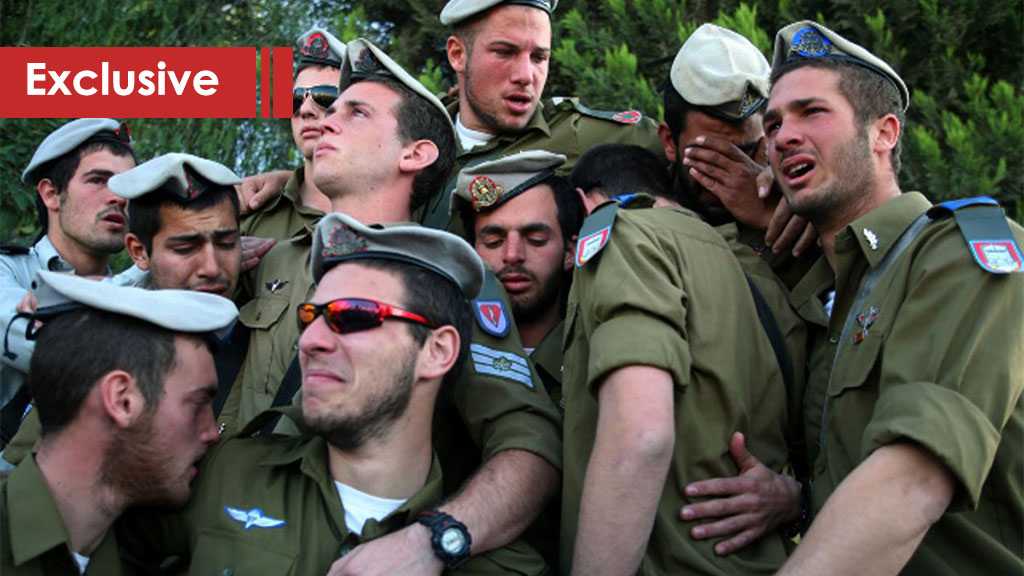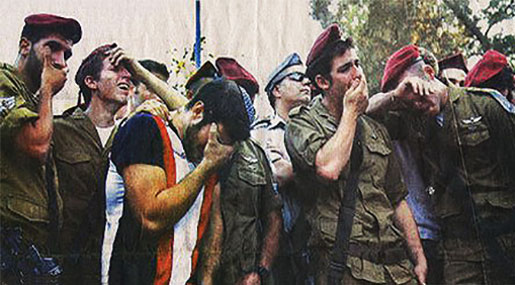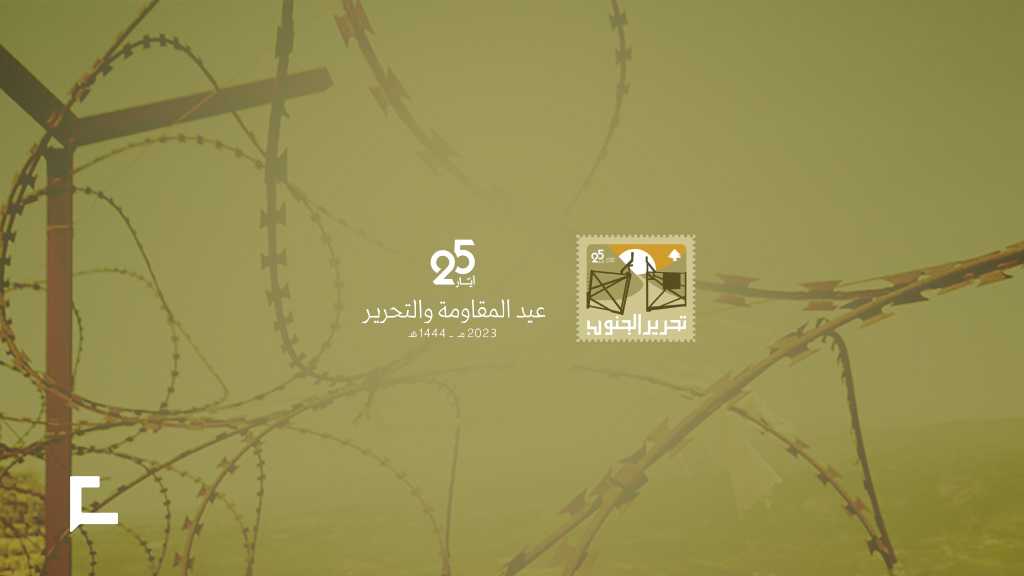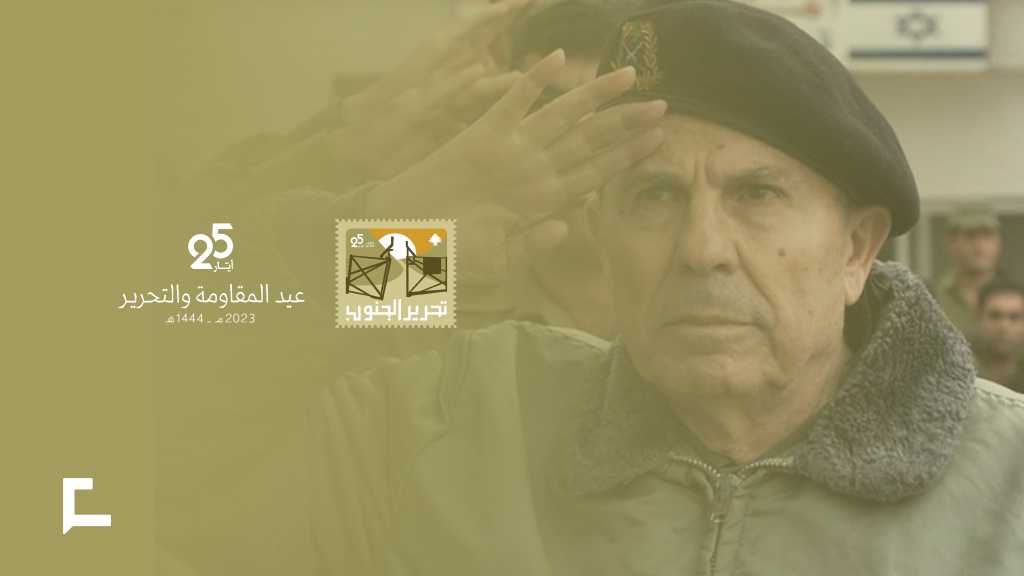This is How ’Israel’ Gave In to Hezbollah: The Liberation of the Year 2000

Jihad Haidar
The liberation of Lebanese occupied territories in 2000 was just a culmination of an ascending path of victories Hezbollah recorded in confronting various types of wars waged by the "Israeli" enemy. During this period "Israeli" positions and the positions of the army of Antoine Lahad stretched along what was known as the "security belt".

What distinguishes the act of resistance from regular warfare is that it is a cumulative effort that aims to drain the occupation on all levels. It pushes the occupier to a point where its leadership and audience force upon it the decision to withdraw.
Thus, the continuation of a serious and effective resistance was a pivotal challenge and critical to achieving victory. However, since the resistance was cumulative, it was natural that there would be repercussions on the "Israeli" [domestic] arena. It was only when all of the ["Israeli"] army's efforts to stop the bloody killings of its forces in the occupied areas failed that "Israeli" public opinion demanded and pressured its political leadership to withdraw from Lebanon and restore stability to the settlements in the north that were targeted by the resistance's missiles in response to "Israeli" attacks against civilian areas in Lebanon.
Stages and the bets of the enemy
In glancing at the years leading up to the liberation, we notice that the "Israeli" gambles went through phases, correlating with political and security developments. But the gamble that persisted throughout all of these stages during the confrontation, revolved around the possibility that the resistance may age over time, while despair takes over its supporters as sacrifices grow.
Despite all that, every stage had its own gambles. At times the gambles centered on the regional and internal Lebanese developments. At other times, the "Israeli" gamble focused on the effects of the [Arab-"Israeli"] "peace process", which was launched in Madrid and achieved breakthroughs on the Palestinian and Jordanian fronts.
Initially the "Israeli" hopes were pinned on the production of a regional political reality that would lead to the demise of the resistance as an option of glory in confronting threats. Meanwhile the various stages of the negotiations were accompanied by psychological and political warfare aimed at presenting the resistance as an absurd option and curbing the motivation of the resistance fighters while exhausting the patience of its followers.
At the operational level, "Israel" feared a repetition of the consequences of the military incursion option to settle scores with Hezbollah. So the military leadership at the time tried to create alternative operational options that Hezbollah aborted through its steadfastness, tactics, firmness, and determination to continue the path of resistance.
"Israel" adopted several options, one of which was to launch massive attacks that targeted civilian areas, in order to turn the public against the resistance.
The July 1993 aggression (Operation Accountability), the April 1996 aggression (Operation Grapes of Wrath), and other operations focused on targeting the leaders as well as the Jihadi and Mujahidin staff of the resistance, including His Eminence the Secretary-General of Hezbollah martyr Sayyed Abbas Musawi (RA).
Instead, Hezbollah was able to counter these Israeli efforts, securing an internal [Israeli] consensus, which took into account the mounting human cost within "Israeli" army ranks.
The theory (or the equation) is as follows: "Israel" needs to continue occupying Lebanese territory regarding it as a «security belt» aimed at protecting its northern border. But Hezbollah transformed the "Israeli" presence on Lebanese territory to a wounded occupation and costly to the "Israeli" society to the extent that forced the army chief of staff at the time, Amnon Shahak, to admit that his soldiers were like sitting ducks for Hezbollah fighters.
The missile strategy adopted by the resistance turned the occupation into the reason behind the deterioration of security in the northern ["Israeli"] settlements. Rockets were fired in response to any aggression against Lebanese civilian areas.
The missile strategy also transformed the settlements in northern ["Israel"] to a handicap for the movement of the occupation forces, which now had to take into account the possibility of the settlements being targeted when studying their options in expanding their aggression. This reality turned into an additional burden for the occupying entity that deepened its losses and drained it.
That is how Hezbollah excelled in imposing the equation of expanding the response in confronting the policy of expanding aggression. The current "Israeli" chief of staff of the enemy's army, Gadi Eizenkot, was one of the prominent figures to admit this equation when he explained in a lecture - back when he was in command of the northern region- saying: "Hezbollah was very keen on not targeting "Israeli" towns with rockets unless it was in response to "Israeli" operations.... And if memory serves me right, targeting "Israeli" towns with rockets, as we said above, was in response to operations by the "Israeli" army that Hezbollah considered crossing a line".
Based on the above and after a series of failed gambles and evidence of the futility of operational options adopted by the army of the enemy, the decision-makers in Tel Aviv found that the Jewish entity had but two realistic options:
Either to withdraw back to its borders or to continue the human attrition in the security belt and the security attrition in the north of "Israel".
So that is how the "Israeli" leadership, represented by Prime Minister Ehud Barak at the time, found that the only way to get rid of the Lebanese quagmire is to get out of it, even unilaterally and without any agreements or security or political preparations. That is what happened.
Source: al-Ahed News, Translated and Edited by website team




